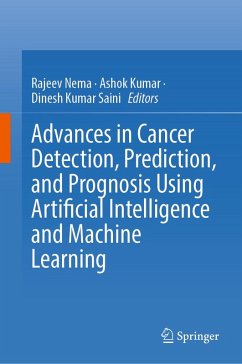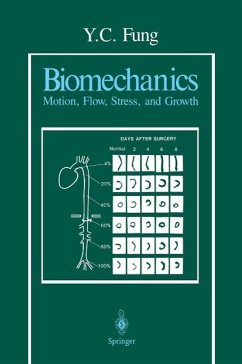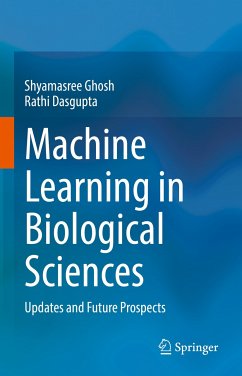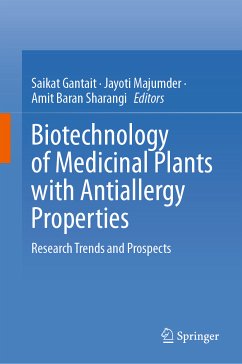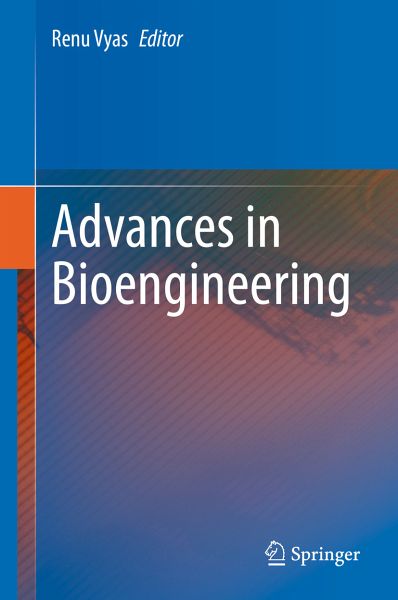
Advances in Bioengineering (eBook, PDF)
Versandkostenfrei!
Sofort per Download lieferbar
112,95 €
inkl. MwSt.
Weitere Ausgaben:

PAYBACK Punkte
56 °P sammeln!
This book provides a single source of information on three major bioengineering areas: engineering at the cellular and molecular level; biomedical devices / instrument engineering; and data engineering. It explores the latest strategies that are essential to advancing our understanding of the mechanisms of human diseases, the development of new enzyme-based technologies, diagnostics, prosthetics, high-performance computing platforms for managing huge amounts of biological data, and the use of deep learning methods to create predictive models. The book also highlights the growing importance of ...
This book provides a single source of information on three major bioengineering areas: engineering at the cellular and molecular level; biomedical devices / instrument engineering; and data engineering. It explores the latest strategies that are essential to advancing our understanding of the mechanisms of human diseases, the development of new enzyme-based technologies, diagnostics, prosthetics, high-performance computing platforms for managing huge amounts of biological data, and the use of deep learning methods to create predictive models. The book also highlights the growing importance of integrating chemistry into life sciences research, most notably concerning the development and evaluation of nanomaterials and nanoparticles and their interactions with biological material. The underlying interdisciplinary theme of bioengineering is addressed in a range of multifaceted applications and worked out examples provided in each chapter.
Dieser Download kann aus rechtlichen Gründen nur mit Rechnungsadresse in A, B, BG, CY, CZ, D, DK, EW, E, FIN, F, GR, HR, H, IRL, I, LT, L, LR, M, NL, PL, P, R, S, SLO, SK ausgeliefert werden.






